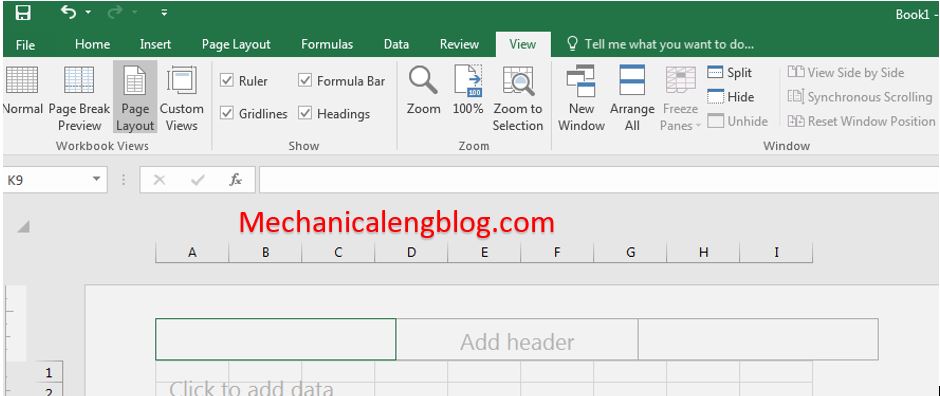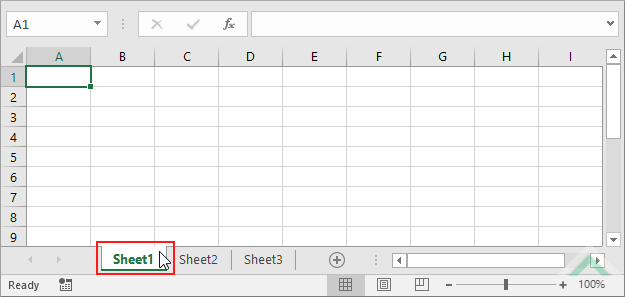

This "unlinks" the field, essentially converting it to static text-meaning the date won't change in the future. Or, if you absolutely want to use the Insert Date tool, select the date (after it is inserted) and press Ctrl+Shift+F9.

Instead, type the date the old fashioned way. In conclusion, there is a lesson to be learned here: If you don't want the date shown in your documents to change, don't use the Insert Date tool. If you capture a screen shot of this information, that may suffice to prove when the document was actually written. Note that at the top of the dialog box you can see when the document was created, when it was last modified, and when it was last accessed.

The Statistics tab of the Properties dialog box. Regardless of which version of Word you are using, make sure the Statistics tab is displayed.
If you are using a later version of Word, click the File tab of the ribbon and then click Info | Properties | Advanced Properties. Use the Document Properties drop-down list (top-left corner of the Document Information Panel) to choose Advanced Properties. Word displays the Document Information Panel at the top of the document. If you are using Word 2007 click the Office button, then choose Prepare | Properties. How you display the dialog box depends on the version of Word you are using: You could also see important dates related to your document by taking a look at the Properties dialog box. (For instance, if your two-year-old document started out as a three-year-old document that you simply modified and saved under a different name.) This may well suffice, assuming that the document was actually created two years ago and not longer ago. What these steps do is to replace the original DATE field with the CREATEDATE field, which always reflects the date the document was first created. Click OK to close the Field dialog box and insert the field. Select CreateDate from the Field Names list. Choose Date and Time as the field category at the left side of the dialog box. In the Text group, click Quick Parts | Fields. Select the date (the one that updated to today's date). Open the document you created two years ago. One potential solution is to try these steps: There may be ways around the problem, however. Unfortunately, there is no way to stop those fields from updating when opening the document. This can be a problem in situations like Thurletta's. This field always reflects the current date, which means that every time fields are updated in the document, the DATE field is updated to reflect today's date. When you use the Insert Date tool to add a date into a document, by default Word inserts the DATE field. She wonders if there is a way in Word to suppress the automatic update of fields when a document is opened. When opening, though, the date in the letter was updated, thereby making it useless for the evidentiary purpose she desired. Thurletta opened a two-year-old letter, hoping to print it as evidence that she had written it two years ago.







 0 kommentar(er)
0 kommentar(er)
